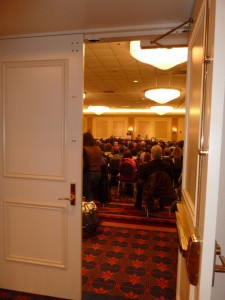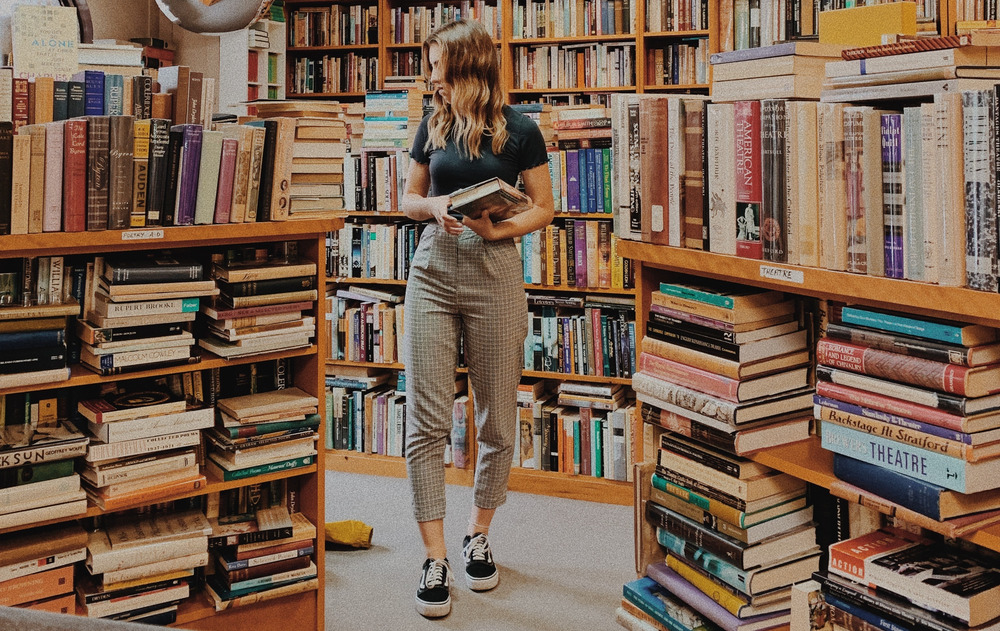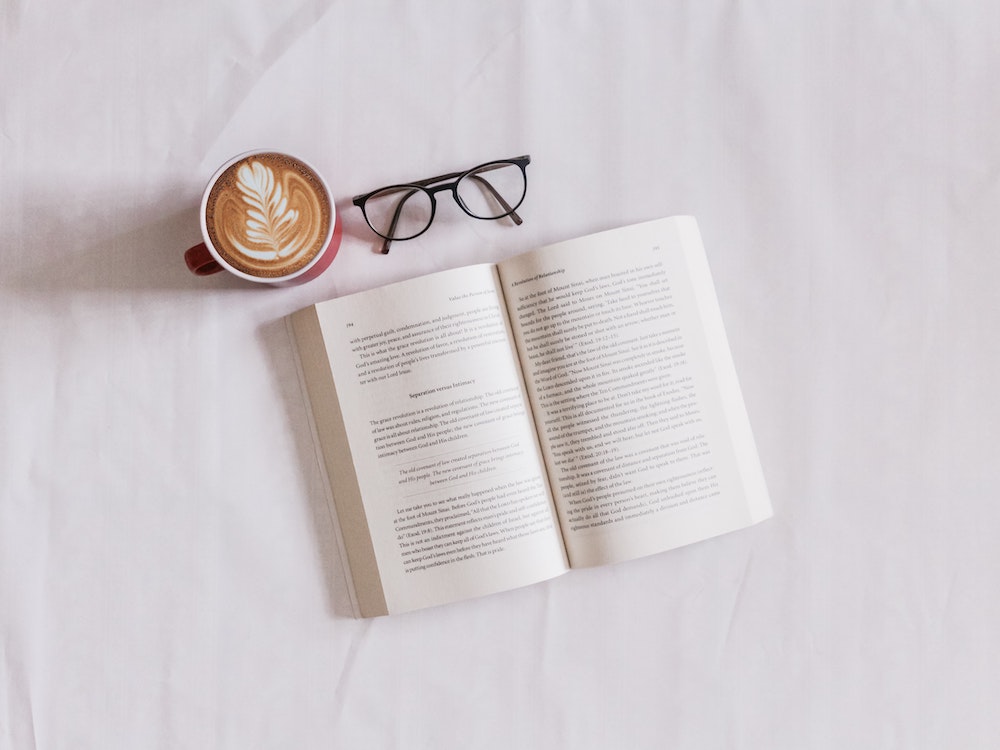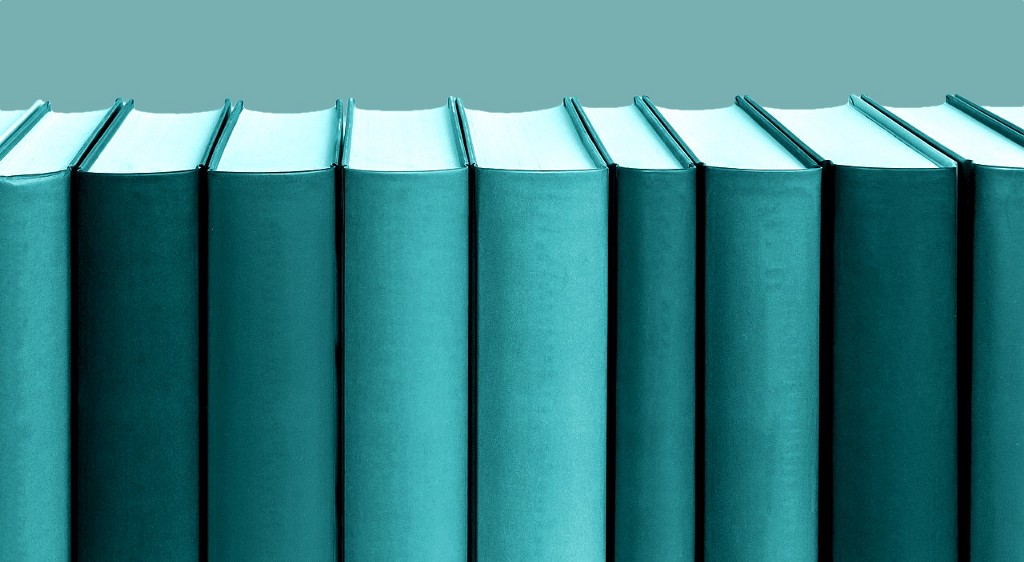news
My Tablets, Quick, My Tablets! — Length and Format in the Digital Age

1. The Justice Panel! (L-R): John M. Cusick, Managing Fiction Editor at Armchair/Shotgun and agent with Scott Treimel NY; Paul Morris, Director of Membership, Marketing, Literary Awards at PEN American Center and formerly BOMB’s Digital Media & Marketing General Manager; Evan Ratliff, Founding Editor of The Atavist; Erin Harris, Literary Agent at Irene Skolnick; Halimah Marcus, Managing Editor at Electric Literature; and Tess Knoebel, Founding Editor of Abe’s Penny. 2. Gessica Lesser of Pace Gallery with Adam Read-Brown, Managing Editor at Armchair/Shotgun.
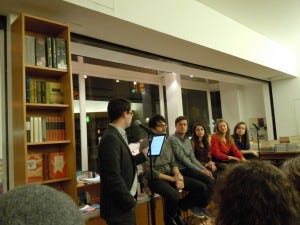

Let’s get to it, because the stellar panel discussion at Greenlight Books in Fort Greene last night, “Flash Fiction to Long-Form Journalism: Length and Format in the Digital Age,” was awesome. Armchair/Shotgun’s managing fiction editor, John M. Cusick, moderated five badass editors and agents around conversations that ranged everywhere and between form’s influence on content, publishing models, the pros and cons of digital and print publishing, and new formats — a conversation that should, and will, be repeated.
As a child of the internet, last night definitely hit home on several levels. When I was a late teen and reading a lot of philosophy, I briefly experimented with a casual form of “Neo-Luddism” for six months, rejecting Facebook, smartphones, and reading any form of pixelated literature. This was a little before people like Halimah Marcus, Electric Literature’s very own managing editor, and Evan Ratliff, founder and editor of The Atavist, helped start venues that reimagined literature’s delivery to the reading devoted. These two, along with Paul Morris (PEN American Center and formerly of BOMB Magazine), Tess Knoebel (Abe’s Penny), and Erin Harris (Irene Skolnick Literary Agency) lent their professional and intellectual experiences to that silently deafening question that nags a reader’s mind: What happens to literature when it is no longer on paper?
1. The bear got schwasted and stumbled into Maisy’s house. Maisy’s pissed. It told me. 2. Amos Barshad, pop culture blogger at Grantland and rabid Celtics fan; with Elizabeth Cline, AMCTV.com editor, author of the forthcoming book Overdressed: The Shockingly High Cost of Cheap Fashion (Penguin Portfolio, June), and guitarist in Mortals. m/.
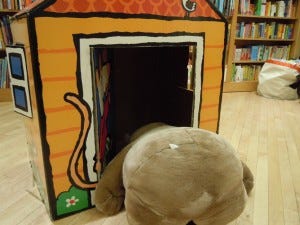
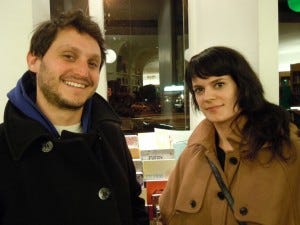
Appropriately, Cusick read questions for the panel from his iPad. The panel’s objective was to try to navigate how digital formats have changed the game through a litany of specific topics, the first being publishing models. Cusick described Abe’s Penny as “flashiest fiction,” since they publish stories that fit on postcards, and are delivered to subscribers through the mail. How did they decide on the form? Knoebel and her sister Anna wanted to limit word count and also “didn’t want to add to our overstimulated culture,” where receiving personal mail is somewhat now of a novelty. The Knoebels also wanted to communicate that literature travels: each story is hand-addressed and arrives slightly bent and beat-up to the reader. This is one way of communicating that literature is a personal and existential form, that it always lives expressly for a reader.
Marcus and Ratliff took turns on the mic explaining their publishing models. In print, EL publishes five stories an issue, but was also the first journal to publish on the iPad, and also publishes in every digital format. The digital forms exactly mirror the print, and was an editorial decision to “ensure literary fiction as a vibrant part of popular culture.” Ratliff said The Atavist was partly inspired by EL’s model, but goes heavier on multimedia for the iPad/iPhone formats, incorporating audio and video into their journalism and narrative non-fiction. The Atavist also sells stories individually, which helps maintain the the process of publishing journalism: queries, fact-checking, and payment. Though unofficially addressed, paying writers is another avenue that could irrevocably change with digital publishing. Ratliff briefly noted, for example, The Atavist pays a writer a standard amount plus half of the royalties from digital sales (eg. 30% iTunes royalty = 15% to The Atavist and 15% to writer). Marcus didn’t get a chance to discuss EL’s method, but it has been mentioned in the internet before: each writer gets paid $1000 for a published story. Ballin’.
The most discussed topic, which Cusick addressed and re-appeared during the audience Q&A, was how form influences content. When I found journals like EL, I “renounced” my half-assed luddism and read more on the internet, partly out of convenience but primarily out of excitement that the digital delivery of stories was feeling more real. Digital publishing also provides venues the ability to quantify the popularity of a given piece. Paul Morris noted that there was “lots of opportunity, though not necessarily [all] marketable.” BOMB takes analytics seriously: they found that no one was reading their 5k word interviews online, which have been published in the print version for as long as I can remember. Marcus wondered if it was because of the site’s design, which Morris admitted had some technical difficulties in the past, but more that the length was not conducive to the platform. As a result, BOMB online now features web-exclusive interviews that are more digestible. They also recently conducted a live Twitter interview, then subsequently published it on the site. Cusick, who is also a literary agent, asked Erin Harris if she helps develop her clients’ material relative to their potential success in print or digital. “Despite dynamic publishing times,” Harris said, “big houses are being prudent.” Regardless, Harris doesn’t try to develop one story specifically for either format. If anything, she encourages her clients to get more creative, because content is always the most important thing: “Readers buy it with heart and soul.” Because more journals are working in both print and online, there are new options for all writers.
For The Atavist, this has allowed the venue to play with form, successfully integrating enhancements into their stories. An attendee wondered if “enhancements really mattered,” and Ratliff noted that audio and video can greatly inform the reading experience. One story of a bank heist in Sweden opens up with surveillance footage before the text begins. Harris said enhancements for fiction haven’t quite achieved this efficacy. Abe’s Penny’s choice to publish on postcards makes the reader conscious of the content, and the spatial relationship. Marcus noted that EL were “fiction purists … and adhere to the standard publishing regimens,” though its consciousness towards the two formats is high. “Good fiction is good fiction, good design is good design.” The covers of EL-in-print are by well-known visual artists, and you can feel the typesetting on the page. This engages the reader physically, though with online this is impossible.
EL is also gearing up to introduce a new series called Recommended Reading, which will feature weekly stories curated by presses, editors, writers, and EL itself. This brings the reader closer into the community of literature. As a response to short attention spans, this will probably be awesome. When I lose focus on a piece, I jump through several tabs out of an innate feeling to know what else is going on, that I’m not static in an ever-moving digital space. Recommended Reading seems like it will bring the “what else” — in our case new fiction — directly to the reader. Look for it in May (if all goes well!).
The Q&A helped tease out the problems of digital publishing. From an agent’s perspective, enhanced literature can take away a lot of an author’s control: contractually, enhanced e-book rights can overlap with film rights, and this could potentially eliminate an author’s control. And aesthetically, formatting a digital text can prove to be difficult. A design optimized for the Kindle won’t work on an iPad, pagination can change if one changes from 12-point to 14, and all this can even change the experience of reading. “Queries sound stupid on my Kindle, but look brilliant on my iPad,” Cusick noted. Print also influences business decisions. “Paper costs money, and words on paper cost money,” Marcus said, a side of the business I’ve never considered. And last but not least, how are we supposed to have Craigslist missed connections if everyone has an e-reader on the train? Life is totally over if that happens.
That last night happened and five innovative editors, agents, and publishers are experimenting with postcard fiction, live Twitter interviews, and multimedia stories to simultaneously deliver new content and make money means that digital publishing is an exciting, open space with several potholes left to fill. Everyone is still trying to figure out how to digitally publish well, make it viable and profitable, and most of all — real. The five, along with Cusick’s Armchair/Shotgun, are doing important things to continue literature’s presence in our culture. CTRL- and/or Command-click here, here, here, here, and here.
***
— Ryan Chang is from Orange County, CA and lives in Brooklyn. He is the Staff Writer for The Outlet, and his work has previously appeared in Thought Catalog. He is in the internet here and here.





